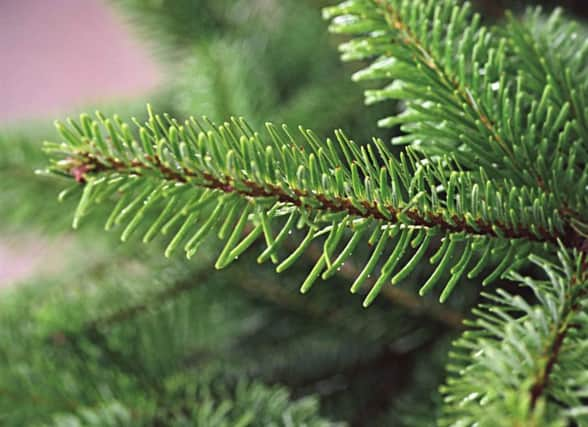Scots council hires expert after tree identification blunder


Lebanon Cedars, native to the Mediterranean, are widely planted in Britain as ornamental trees in parks and gardens, but are relatively rare in Scotland, especially compared to the common fir, which they faintly resemble.
Laden with historical and cultural significance - Hebrew priests were ordered by Moses to use their bark to treat leprosy and the prophet Isaiah used them as a metaphor for the pride of the world - the cedar is often made subject of Tree Preservation Orders (TPOs).
Advertisement
Hide AdAdvertisement
Hide AdArgyll and Bute Council tried in December last year to slap TPOs onto 14 trees on land at Kinlochlaich, Appin, which its planning staff had identified as cedars.
However, it so happens that the landowner, Donald Hutchison of Kinlochlaich, a chartered member of the Institute of Horticulture and who operates a garden centre, is also a tree specialist and said the trees are the more common fir and not cedars at all.
Council minutes state that Mr Hutchison wrote to the local authority on 25 January over the identification of the trees, questioning the validity of the order because the wrong trees had been identified.
He wrote again on 23 February with an initial arboriculture survey of the trees.
Ignoring that account, the local authority paid a consultant for an arboriculture survey.
The report, the local authority stated, was “by a qualified and experienced arboriculturist”.
It identified the 14 trees as being within the family “Abies”, a genus covering 56 species of fir.
The plan prepared by Argyll and Bute Council for the provisional TPO had identified the same trees as being cedars.
Advertisement
Hide AdAdvertisement
Hide AdCirculated to councillors, the consultant’s report states: “Cedar trees can belong to several family groupings but are not, it is alleged, within the family Abies.”
The survey also examined the health and condition of each of the trees within and surrounding the site, including all of the trees within the provisional TPO.
It also states that they are “generally dead, part-dead, part-decayed and/or damaged”.